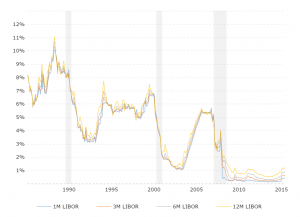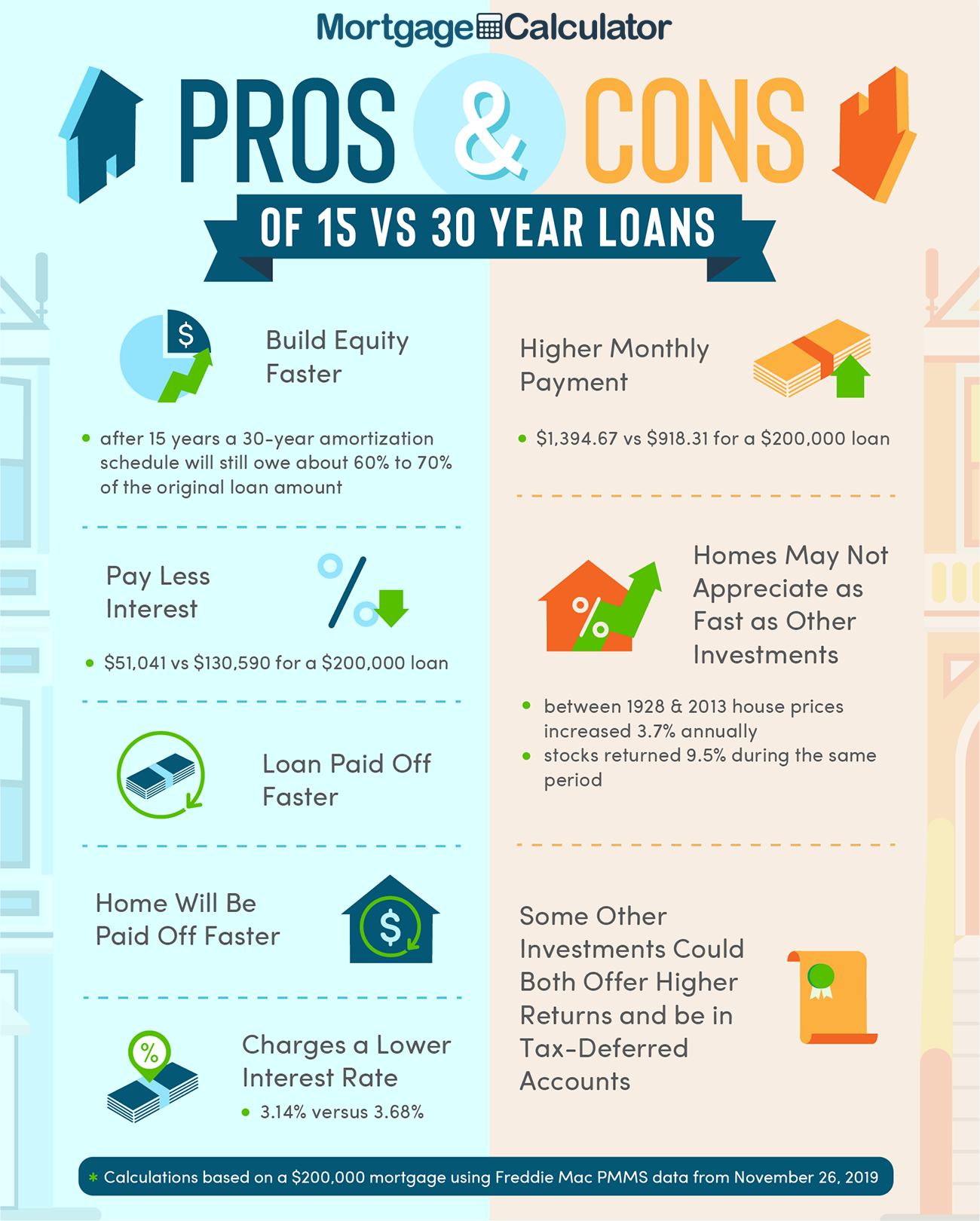In 2007, the U.S. economy got in a home loan crisis that triggered panic and monetary turmoil worldwide. The monetary markets became particularly unstable, and the impacts lasted for a number of years (or longer). The subprime mortgage crisis was an outcome of too much loaning and problematic financial modeling, mainly based upon the presumption that home prices just go up.
Owning a house belongs to the standard "American Dream." The traditional wisdom is that it promotes people taking pride in a property and engaging with a community for the long term. However homes are expensive (at hundreds of countless dollars or more), and many individuals require to obtain money to purchase a house.
Home mortgage interest rates were low, allowing consumers to get fairly big loans with a lower monthly payment (see how payments are computed to see how low rates impact payments). In addition, home prices increased dramatically, so purchasing a home appeared like a sure thing. Lenders believed that homes made good collateral, so they were prepared to provide against real estate and earn earnings while things were excellent.
The 5-Second Trick For Reddit How Long Do Most Mortgages Go For
With home prices escalating, house owners discovered huge wealth in their houses. They had lots of equity, so why let it being in the house? House owners re-financed and took $12nd home mortgages to get cash out of their houses' equity - how to rate shop for mortgages. They invested some of that cash carefully (on improvements to the home related to the loan).
Banks offered easy access to cash before the mortgage crisis emerged. Borrowers entered into high-risk home loans such as option-ARMs, and they got approved for home mortgages with little or no documents. Even individuals with bad credit might certify as subprime debtors (what beyoncé and these billionaires have in common: massive mortgages). Debtors had the ability to obtain more than ever previously, and individuals with low credit rating increasingly qualified as subprime debtors.
In addition to simpler approval, borrowers had access to loans that promised short-term benefits (with long-lasting risks). Option-ARM loans enabled customers to make small payments on their financial obligation, however the loan amount may actually increase if the payments were not sufficient to cover interest expenses. Rate of interest were relatively low (although not at historic lows), so traditional fixed-rate home loans may have been a sensible option throughout that period.
Facts About How Many Mortgages Can You Have With Freddie Mac Revealed
As long as the party never ended, everything was great. As soon as home rates fell and customers were unable to pay for loans, the fact came out. Where did all of the cash for loans come from? There was an excess of liquidity sloshing around the world which rapidly dried up at the height of the home mortgage crisis.

Complicated financial investments transformed illiquid realty holdings into more money for banks and lending institutions. Banks generally kept home loans on their books. If you borrowed cash from Bank A, you 'd make regular monthly payments straight to Bank A, and that bank lost cash if you defaulted. However, banks typically offer loans now, and the loan might be split and sold to numerous investors.

Because the banks and home mortgage brokers did not have any skin in the video game (they might simply sell the loans before they spoiled), loan quality deteriorated. There was no responsibility or incentive to ensure customers could afford to pay back loans. Unfortunately, the chickens came home to roost and the mortgage crisis began to intensify in 2007.
Some Known Facts About What Kinds Of Laws Prevented Creditors From Foreclosing On Mortgages.
Customers who bought more home than they might pay for ultimately stopped making home mortgage payments. To make matters worse, regular monthly payments increased on variable-rate mortgages as rate of interest rose. Property owners with unaffordable houses faced tough choices. They could await the bank to foreclose, they could renegotiate their loan in a workout program, or they might just ignore the home and default.
Some had the ability to bridge the gap, however others were already too far behind and dealing with unaffordable mortgage payments that weren't sustainable. Generally, banks might recuperate the quantity they loaned at foreclosure. However, home worths fell to such an extent that banks significantly took hefty losses on defaulted loans. State laws and the type of loan figured out whether lenders might attempt to collect any deficiency from debtors.
Banks and investors started losing cash. Banks decided to minimize their direct exposure to run the risk of drastically, and banks hesitated to lend to each other since they didn't know if they 'd ever get paid back. To operate efficiently, banks and organizations require cash to flow quickly, so the economy came to a grinding halt.
What Is The Interest Rate Today On Mortgages Fundamentals Explained
The FDIC increase staff in preparation for hundreds of bank failures triggered by the home mortgage crisis, and some mainstays of the banking world went under. The public saw these high-profile organizations failing and panic increased. In a historical occasion, we were reminded that cash market funds can "break the buck," or move away from their targeted share cost of $1, in unstable times.
The U.S. economy softened, and higher product prices harmed consumers and companies. Other complex financial products began to decipher as well. Lawmakers, consumers, https://metro.newschannelnebraska.com/story/43143561/wesley-financial-group-responds-to-legitimacy-accusations lenders, and businesspeople scurried to decrease the results of the home mortgage crisis. It set off a dramatic chain of events and will continue to unfold for several years to come.
The long lasting effect for many customers is that it's harder to certify for a home loan than it was in the early-to-mid 2000s. Lenders are required to verify that debtors have the ability to pay back a loan you generally require to reveal evidence of your income and assets. The mortgage process is now more cumbersome, however hopefully, the financial system is healthier than before.
The Ultimate Guide To How Reverse Mortgages Work In Maryland
The subprime mortgage crisis of 200710 came from an earlier expansion of home loan credit, consisting of to customers who previously would have had trouble getting home mortgages, which both added to and was facilitated by quickly increasing home rates. Historically, prospective homebuyers found it challenging to obtain mortgages if they had below par credit rating, provided little down payments or sought high-payment loans.
While some high-risk families could get small-sized home mortgages backed by the Federal Housing Administration (FHA), others, facing limited credit choices, leased. In that period, homeownership changed around 65 percent, mortgage foreclosure rates were low, and home building and construction and house the timeshare store rates generally showed swings in home mortgage rate of interest and income. In the early and mid-2000s, high-risk home mortgages became readily available from loan providers who moneyed home mortgages by repackaging them into pools that were sold to financiers.
The less vulnerable of these securities were deemed having low danger either because they were insured with new financial instruments interval timeshare or due to the fact that other securities would first soak up any losses on the underlying home loans (DiMartino and Duca 2007). This allowed more newbie homebuyers to get mortgages (Duca, Muellbauer, and Murphy 2011), and homeownership rose.
Examine This Report on How Many Mortgages Are Backed By The Us Government
This caused expectations of still more house price gains, even more increasing housing demand and prices (Case, Shiller, and Thompson 2012). Investors buying PMBS profited at first because rising house prices safeguarded them from losses. When high-risk home loan customers could not make loan payments, they either offered their houses at a gain and paid off their mortgages, or borrowed more against greater market value.